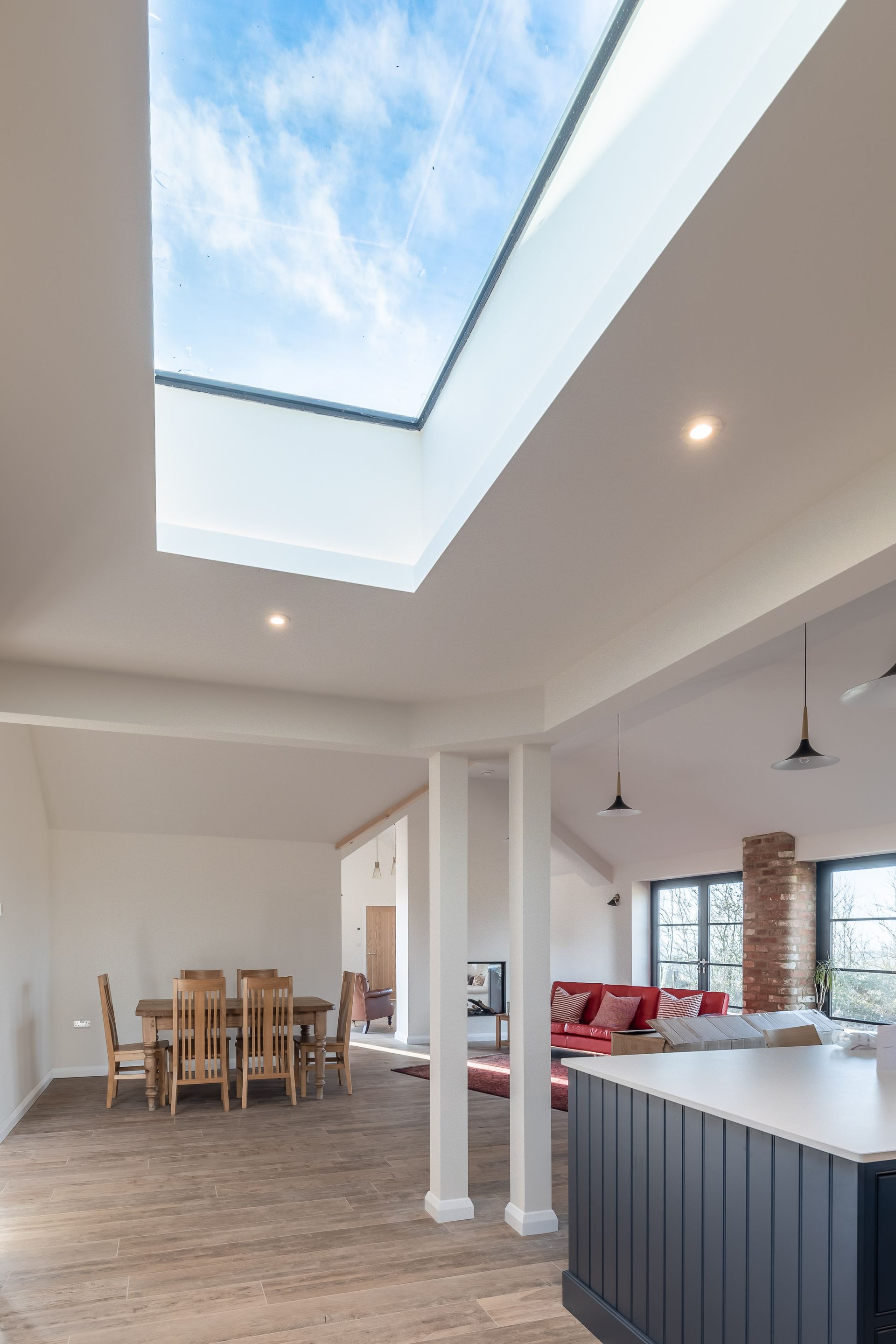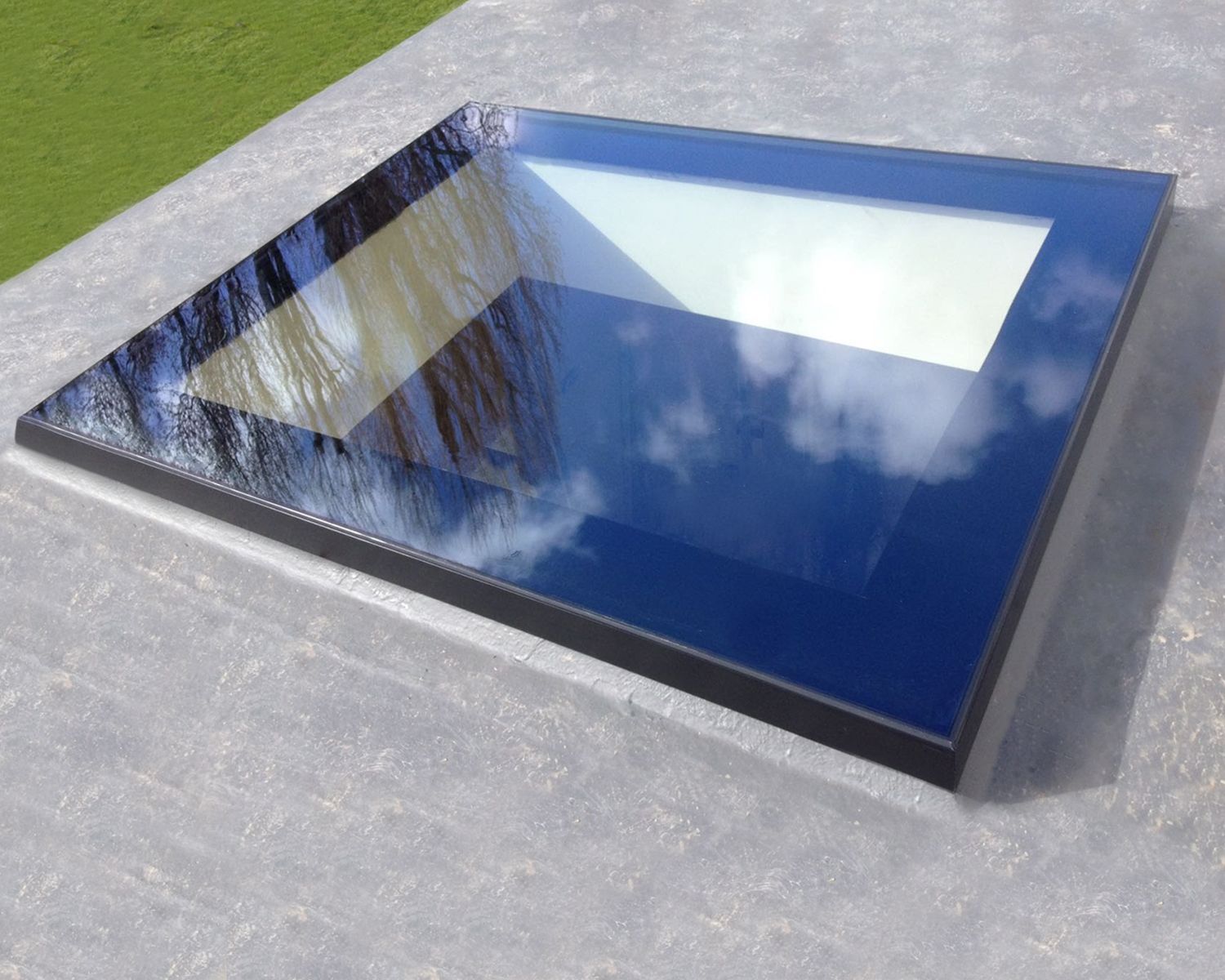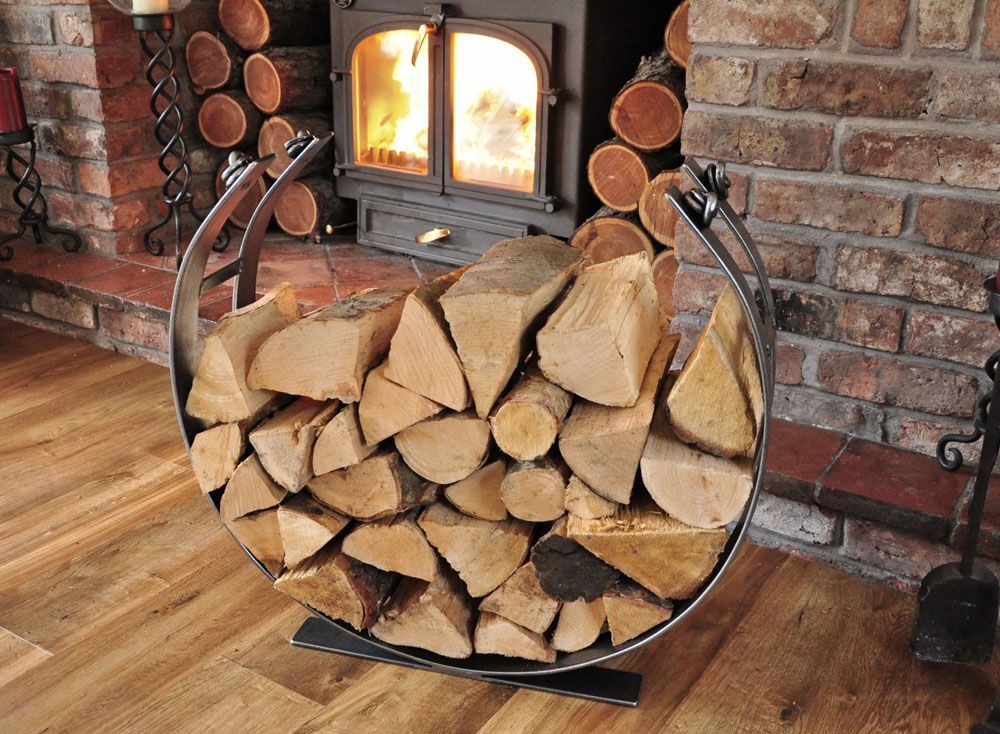A Cast Iron Solution
The Importance of maintaining and preserving cast iron rainwater systems
In England, rainwater systems have been used to drain roofs at least since 1066 when a rainwater pipe was erected at the Tower of London to protect its whitewashed walls. It is also known that the ready availability of recycled lead following the dissolution of the monasteries in 1539 promoted a sudden increase in their use, as illustrated by the number of hopper heads displaying heraldic designs and dates from that period.
Nevertheless, the use of gutters and down-pipes remained rare until the 18th century, and most houses relied on broad-spreading roofs to shed their water clear of the walls.
Cast iron rainwater goods were introduced in the late 18th century as a mass-produced alternative to lead. As well as being easier to produce, the material enabled eaves gutters to be installed much more simply, since lead could only be used in this location as a lining for timber gutters. By the mid 19th century cast iron predominated, although lead continued to be used occasionally for down-pipes and ornate hoppers in the various revivals of gothic and medieval styles of architecture, particularly on churches. As a result, most old buildings now have cast iron rainwater systems which should be preserved and regularly maintained. Not only are they part of a building’s heritage and character, butthey also keep water out of its fabric, and they are therefore vital to its structural integrity.
Cast iron pipes, gutters and their fittings have a highly distinctive appearance due to the texture of the material, its thickness, and the quality of the cast components. Preserving and maintaining an original rainwater system contributes immensely to the external character of a property. Decorative features like hopper heads, or rainwater heads as they are also known, can add further interest and a unique silhouette to a building, especially when accompanied by other ornate castings like decorative ear bands. Cast iron hopper heads also often provide an indication of the building’s age and are especially important to the architectural value of a property.
During the Victorian and Edwardian times they were commonly used to put a stamp on a property by displaying either a date, coat of arms, an emblem or initials in imitation of the lead hopper heads that proceeded them, as well as providing an effective way of collecting rainwater.
Maintenance and repairs
Neglecting a property’s rainwater disposal can cause serious structural deterioration, especially with old buildings. Regular inspection could prevent the need to spend hundreds of pounds at a later date on dealing with a serious outbreak of dry rot in timber roof trusses or a flooded basement or ground floor because of a blocked drain. Forgetting to remove the debris from hopper heads, flat roofs and drainage channels and also not removing the vegetation from behind down-pipes or ignoring leaky gutters have become major causes of concern for conservation organisations. The Society for the Protection of Ancient Buildings (SPAB) even launched a national gutters day, to encourage property owners to inspect their gutters and keep buildings free from damp and structural damage.
Cast iron is a strong material which, if correctly designed and maintained, can be one of the most durable elements of the building fabric. However, if the paint layer which protects it is neglected, the underlying metal will rust and eventually fail, particularly if poorly detailed. Moulded gutters supported by a stringcourse (usually in imitation of acornice) are particularly vulnerable as the stringcourse catches the moisture and two faces of the gutter are inpermanent contact with damp brickwork.
Traditionally, cast iron was protected by applying two top coats of lead-based oil paints over a coat of primer, but thesetraditional paint systems dry slowly and are highly toxic. Today, there is a wide choice of paint systems, each offering different advantages. Modern alkyd- based oil paints are the most common, applied in two coats over a zinc-richprimer. (Three top coats may be necessary in more aggressive environments such as coastal areas.) When repainting, make sure that all areas of paint that are in poor condition are properly covered; patches of missing paint should beprimed and re-primed before painting. Particular care should be taken when dismantling sections of guttering because cast iron is a brittle material, and joints must not be forced.
Where rainwater goods have been badly neglected it may be necessary to remove all the paintwork and rust by carefully shot blasting the surface to strip it back to the bare metal. Only then can the condition of the metalwork be examined to determine the level of decay. Shot blasting is a highly skilled job as too much pressure can cause fracturesand the cast iron will crack. In the case of the most important historic buildings it may be a requirement of listed building consent to have paint analysis undertaken first, so that this important aspect of the building’s history is not lost. In any event it is always advisable to at least record the colour of the old paint so it can be restored back to its original colour.
Replacement parts
If a section of the rainwater system is beyond repair, the SPAB suggests that replacements should usually be made of the same material as the original. However, finding a replacement for a particular profile can be difficult, as cast iron has been used since the 19th century for gutters, down-pipes and rainwater systems and, over this period rainwater systems were produced by many different foundries, few of which still remain. Sometimes the only solution is to make replicas.
A recently restored original hopper head in Walthamstow High Street, London was copied to its original Victorian design in order to produce a small number of replicas for a heritage economic regeneration scheme. The reinstatement of the hopper heads was an integral part of putting back unique historic features to Walthamstow High Street and the original hopper head had so much historical value it was hand delivered by the Heritage Projects Officer to the factory.
The hopper head was found to have suffered so much weather damage that it had to be shot blasted back to the bare metal. On examination it was found that the metalwork was still intact and could be repaired and also replicated. To ensure that the details were perfectly matched, the decorative pattern of the original was hand carved into wood to create the moulds for the replicas. Both the original and replica hopper heads were then painted to protect them fromrust.
In sensitive situations where historical gutter cannot be removed, it may be necessary to copy a pattern in situ by making an accurate template. This was the case with the restoration of the rainwater system on Brighton and Hove Museum, where the guttering was an unusual profile.
Installation
Joints in cast iron rainwater pipes do not need be sealed because the upper pipe runs inside the socket of the lower pipe, preventing leaks, and an unsealed pipe will be easier to dismantle and repair in the future. Generally, all that is required is three lead wedges placed between the socket and the spigot to centralise and secure it, although many installers choose to seal the void using low modulus silicone sealant. Gutters, on the other hand, must be sealed.
In the past the joints were caulked using red lead putty, but this material has now been replaced by low modulus silicone sealants.
The sealant is spread evenly within the gutter socket before placing the gutter spigot into the socket and bolting themtogether with stainless steel or zinc-plated screws and washers. The nuts should be lightly tightened onto the washers to avoid damaging the paint. Finally, any excess sealant should be removed. Typical fixings for an eared rainwater pipe are large headed pipe nails but alternatively, rawl bolts or coach screws can be used. Whichever type of fixing is chosen, it is important that it is made of stainless steel, as rusting steel buried in masonry can cause the masonry tocrack. Uneared pipes can be fixed by drive-in spike, built-in holderbat or ear-bands.
Before fixing the system to old fabric, it is important to survey the structure carefully, including any roof timbers or fascia boards affected, as well as the masonry below. As with any drainage system, cast iron gutters and pipes must be fixed to sound material. Bear in mind that this material may also have to support the additional weight of a potential build up of ice and snow in the winter months. If the system has leaked in the past, it may be necessary to carry out local repairs to make the structure watertight and to ensure that the fixing points are sound before proceeding. Repairs to historic structures will require skills and materials to match those used historically, and in most cases will require the services of a contractor who is familiar with the use of lime mortar repairs.
Once the rainwater system or part of has been installed, it should be water tested using a hose or watering can tocheck there are no leaks and that the walls remain dry.
New cast iron rainwater systems
Where the original rainwater system of an historic building has been replaced by an inappropriate modern system in, for example, grey plastic or extruded aluminium, it may be appropriate to introduce a system which is more in keeping with its character. Traditionally detailed designs in cast iron or cast aluminium will often be the most appropriate solution for 19th and early 20th century buildings, and in many cases they may also be appropriate for older buildings. Cast iron is particularly well suited especially for historic buildings and is a popular choice for all drainage systems. not only does it have many design possibilities, it also offers strength, durability and longevity.
However, there will be cases where only lead will suffice, particularly on pre-19th century buildings and churches, and in certain cases it may even be preferable to have no system at all. Thatched buildings in particular almost invariably rely on broad eaves and careful ground treatment below to drain the water away. Each case will have to be judged on its own merits. The positioning of new down-pipes on an old building is usually determined by the location of the ground level gullies, although manufactured or bespoke swan necks and bends allow more flexibility. The gutters should be laid to a shallow fall to the down-pipes which should be vertical. Ideally, all rainwater goods should always project clear of the fabric so that when leaks or blockages occur, the rainwater does not come into contact with it.
The paint applied to new cast iron rainwater systems at the foundry is only a transit finish so the system will need to be carefully painted to avoid rusting before it is installed with any bare or cut metal primed accordingly. Once the rainwater goods are dry they can be installed.
It is easy to forget about your rainwater system after replacing or repairing failed sections but it does need to be maintained and inspected at least twice a year. Even though cast iron rainwater goods have a superb life span, both new and old examples still need to be looked after, especially for their historical value. However, it does not matter whether the property is a hundred years old or brand new, the message is the same: ‘maintaining your rainwater system contributes to the external appearance of the building as well as keeping it free from damp and structuraldamage’.
Recommended reading
Keith Blackney, Cleaning Historic Ironwork for Painting and Painting Historic Ironwork, Cathedral CommunicationsLimited, 2002,
– see www.buildingconservation.com/ articles.htm
www.maintainyourbuilding.org.uk (a SPAB website)
English Heritage Research Transactions Vol 1: Metals, James and James (Science Publishers) Ltd London, 1998
This article was written by Paul Trace, director of Metal & Glass Limited with contributions from SPAB and William Fuller, managing director of E.Fuller & sons Ltd.
01752 917497






